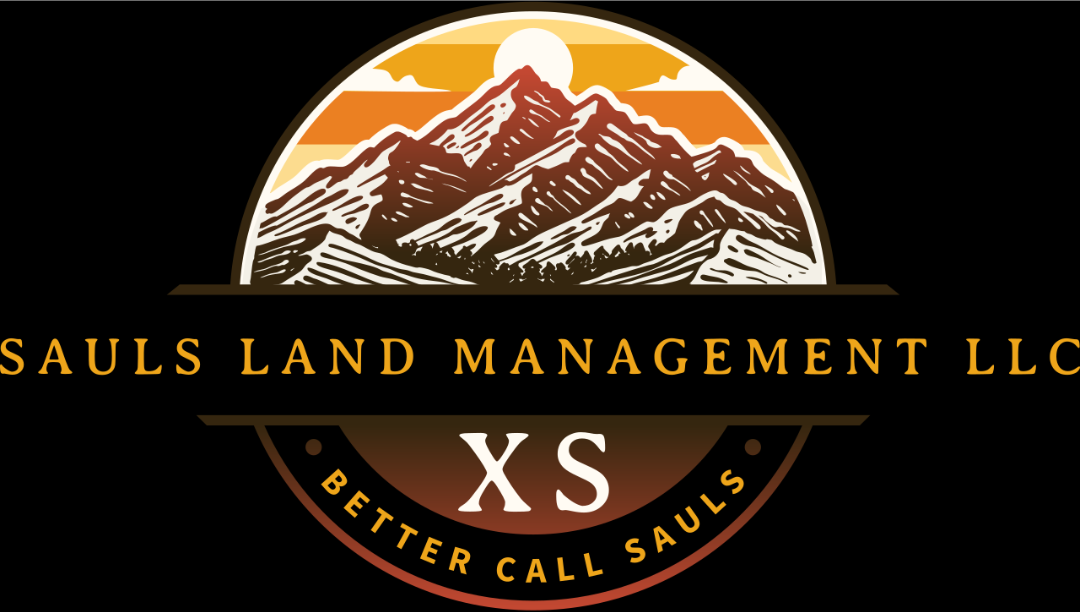If you’re looking for low-maintenance alternatives to a traditional grass lawn, there are plenty of beautiful and practical options that require less watering, mowing, and fertilizing while still enhancing your outdoor space. Whether you want a lush green look or a more decorative landscape, here are some excellent choices:
Table of Contents
1. Clover Lawns: A Lush and Eco-Friendly Alternative
Clover is an increasingly popular alternative to traditional turfgrass. Unlike conventional grass, clover requires minimal care while still offering a lush, green appearance.
Benefits of a Clover Lawn
- Low Water Needs – Clover is drought-tolerant and stays green with less watering than traditional lawns.
- No Fertilizer Required – As a legume, clover naturally fixes nitrogen in the soil, enriching it without the need for synthetic fertilizers.
- Soft Underfoot – Clover feels soft and pleasant to walk on, making it a great choice for kids and pets.
- Pollinator-Friendly – White and red clover varieties produce small flowers that attract bees, butterflies, and other beneficial pollinators.
- Weed Suppression – Once established, clover forms a dense mat that crowds out weeds.
Potential Drawbacks
- Clover is not as durable as grass for heavy foot traffic areas.
- If you prefer a uniform, flower-free lawn, you may need to mow it occasionally to prevent flowering.
Best for homeowners who want a green lawn with little maintenance and environmental benefits.
2. Native Ground Covers: Hardy, Beautiful, and Low-Maintenance
Replacing turf with ground cover plants can provide year-round greenery with minimal upkeep. Native and drought-tolerant species work especially well, as they adapt to local conditions and require little intervention.
Best Ground Cover Alternatives to Grass
- Creeping Thyme – Forms a fragrant carpet of tiny leaves and purple flowers, resists drought, and requires no mowing.
- Sedum (Stonecrop) – A succulent that thrives in poor soil, retains moisture, and offers seasonal color variations.
- Dwarf Mondo Grass – An evergreen, slow-growing plant that mimics the look of traditional grass but requires no mowing.
- Liriope (Lilyturf) – A hardy, grass-like ground cover that produces purple flowers and thrives in sun or shade.
Advantages of Ground Cover Plants
- No mowing required
- Drought-resistant once established
- Enhances biodiversity by supporting pollinators
- Provides erosion control in sloped yards
Best for homeowners looking for a natural, aesthetically pleasing lawn alternative with seasonal interest.
3. Artificial Turf: The Ultimate Low-Maintenance Solution
For homeowners who want the appearance of a perfect lawn without the hassle, artificial turf can be an excellent option. It stays green all year, never needs mowing, and withstands heavy foot traffic.
Pros of Artificial Turf
- Zero Watering or Mowing – Once installed, artificial grass requires almost no maintenance.
- Durability – Great for kids and pets, as it can handle constant use.
- No Weeds or Pests – Eliminates the need for herbicides and pesticides.
- Long Lifespan – High-quality artificial turf can last 15-20 years.
Cons of Artificial Turf
- Can get very hot in direct sunlight
- Initial installation costs can be high
- Does not support local ecosystems like natural plants do
Best for homeowners who want a maintenance-free lawn alternative that looks green year-round.
4. Gravel or Mulch Landscaping: A Stylish and Practical Choice
Gravel, mulch, and other hardscaping materials provide an attractive, modern alternative to lawns. These materials require almost no maintenance while allowing for creativity in landscaping design.
Types of Low-Maintenance Landscaping Materials
- Pea Gravel – Small, smooth stones that create a soft, walkable surface.
- Decomposed Granite – A natural-looking alternative that compacts well and prevents weed growth.
- Wood Chips or Bark Mulch – Provides a natural, earthy aesthetic while keeping soil moist.
- Crushed Rock – A sturdy choice for pathways and decorative borders.
Benefits of Gravel and Mulch Lawns
- Requires no watering, mowing, or fertilizing
- Allows for unique and customizable designs
- Works well in dry climates and reduces erosion
- Can be combined with drought-resistant plants for a balanced look
Best for homeowners seeking a low-maintenance, modern landscape with natural elements.
5. Meadow Lawns: A Natural, Wildlife-Friendly Alternative
Instead of maintaining a conventional lawn, you can allow wildflowers and native grasses to grow naturally. Meadow lawns create a vibrant, eco-friendly landscape that requires little upkeep.
Features of a Meadow Lawn
- Composed of native wildflowers, tall grasses, and low-maintenance plants
- Only requires mowing once or twice a year
- Attracts pollinators such as butterflies, bees, and birds
- Creates a natural and seasonal aesthetic with changing blooms
How to Create a Meadow Lawn
- Select native wildflower and grass seed mixes suited to your region
- Reduce mowing frequency to allow plants to grow and flower
- Avoid herbicides and fertilizers to maintain natural biodiversity
- Add pathways or stone features to create structure and accessibility
Best for homeowners who love a more natural, wild look and want to encourage local wildlife.
Choosing the right alternative depends on your climate, maintenance preferences, and aesthetic goals. If you need expert advice on transforming your outdoor space, Saul’s Land Management LLC can help. Contact us at (865) 280-0428 for professional landscaping solutions tailored to your needs.

